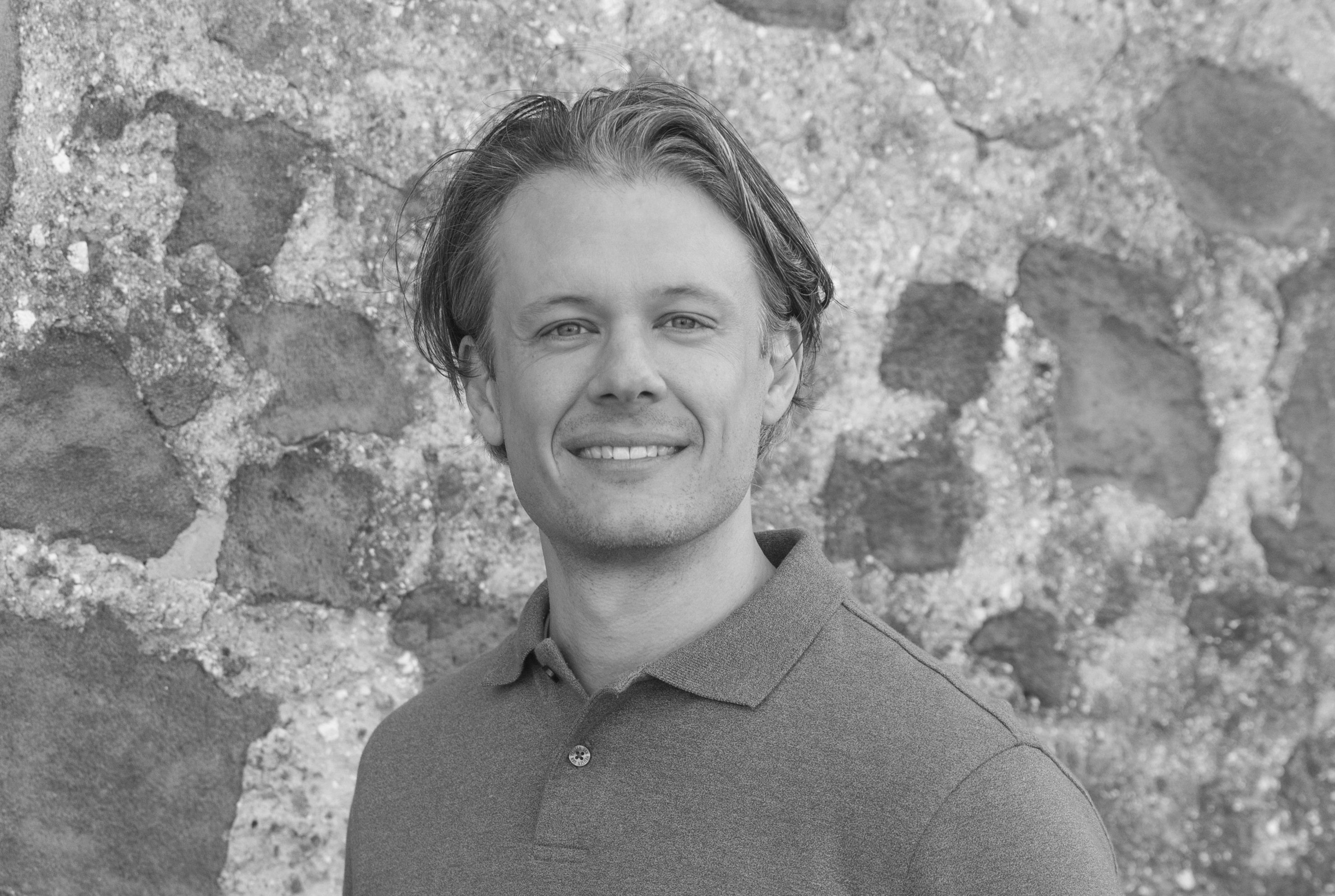Innovative Practices Spotlight
CAE Innovative Practices Spotlight

The Center for Academic Excellence is recognizing a faculty member every month in the CAE Innovative Practices Spotlight to highlight his or her innovative classroom practices and outstanding contribution to Millersville University.
Professor Brian Trout is being recognized in April for his exceptional use of case studies and scholarship of teaching and learning in his Accounting and Finance courses!
1. What innovative practice did you incorporate into your classroom?
Accounting sometimes suffers from a reputation that it is boring and exceedingly difficult. It is understandable how a student might form these perceptions about a subject if they try to learn it in the absence of a context. Most accounting textbooks offer a variety of examples and problems, but each one typically involves a new company and a new context. This lack of continuity in the material presents an obstacle when trying to achieve a comprehensive understanding.
I created a “continuing case” for my Managerial Accounting course, which serves as the centerpiece for all class sessions, and links together concepts for the entire course. The continuing case concentrates on a small fictious business called “All Aboard, Inc.” that manufactures toy trains. The goal is to provide a common frame of reference for students to use when learning new accounting concepts.
2. When did you implement the new practice in your classroom?
I started experimenting with the continuing case teaching method during the Fall 2017 semester. I fully implemented the continuing case in the of Spring 2018 and evaluated its effectiveness with a controlled experiment (control and treatment groups) over the course of two consecutive semesters. Student performance and perceptions were more favorable in sections that employed the continuing case. Consequently, I am utilizing the continuing case for both sections of Managerial Accounting this semester.
3. How has the use of the new practice positively affected the classroom learning environment?
As the semester progresses, students all encounter challenges and decision points in relation to the same business case. Students develop a “history” of shared experiences. These shared experiences build a trust among students which has fosters greater collaboration and exploration in the classroom.
The consistency also affords students an opportunity to dig deeper. Since students already know the business, its cost structure, and goals, they are able to direct their energy toward higher levels of learning. The learning environment is less about the transmittal of information and more about applying new concepts and accounting tools to a familiar context, drawing connections among various concepts, and making informed business decisions.
4. How has the use of the new practice affected student engagement in the classroom and the level of participation?
I intentionally situated the case from the first person perspective which differs from most accounting textbook examples. The written portion of the case, as well as in-class sessions, couch every scenario in reference to “our” business. In focus groups, students shared that this change made the material more relevant and had a positive impact on engagement. In my opinion, a learning environment that positions students from a first-person perspective better represents the professional environment they will encounter and roles they will assume.
The familiarity with the common frame of refence also increased engagement in the classroom. Without a minimal level of perceived understanding, students are often hesitant to ask questions or take risks in the classroom. Post-course feedback indicates that students were more confident in their knowledge and attributed this to using a consistent example throughout the semester. Students asked more questions and better questions, often using All Aboard, Inc. as an example to communicate their questions or positions.
5. What challenges did you encounter when you were implementing the new practice?
Naturally, it took time to write the case and develop student resources that align with it, but getting over myself was also a challenge. It felt a bit cheesy to walk into a Managerial Accounting class with Thomas the Train Lego toys. Interestingly, these visual aids and demonstrations were frequently brought up in the focus groups. Students said seeing the “raw materials” and “manufacturing process” provided vivid images and tangible examples which helped them apply seemingly abstract concepts.
The other challenge inherent in this method is that it does not align with some students’ study approaches. There are usually a few students who immediately gravitate toward rote memorization, because this approach has been effective for them, in terms of achieving passing grades. It takes some time for these students to adjust their approach to one that concentrates on genuine understanding with the goal of applying knowledge to many different situations. It has been rewarding to hear these students discuss the transformation and my hope is that the experience motivates them to continue progressing toward deeper learning habits.
6. How did attending Camp IDEA or a CAE Professional Development session contribute to your learning and use of the innovative practice?
Camp IDEA provided me a tremendous opportunity to grow as an instructor and interact with professors from different fields of study. This broadened my thinking about how accounting courses could be structured. While the pedagogy sessions were centered on online teaching, I found the underlying themes to be applicable to all formats. My biggest takeaway was that we need to understand our students, and be intentional about how we structure courses so the design helps, rather than hinders, the learning process. Putting myself in a student’s shoes reaffirmed that providing a consistent context helps narrow the gap between challenging material and a student’s limited professional experience.
-
Faculty in The Spotlight
-
Faculty in The Spotlight